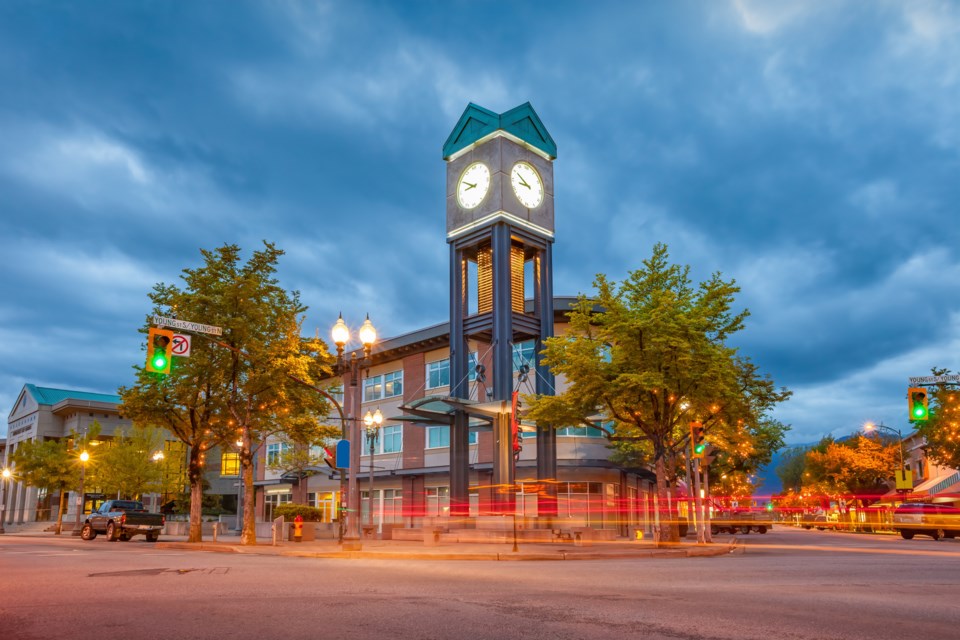Recent data from BC Assessment reveals that the province’s smaller communities saw significant increases in property value for single-family homes than those in Metro Vancouver.
Most notable value changes were in Hope, Chilliwack, and Squamish, which saw an increase of 30 per cent or more. This contrasts Vancouver’s 16 per cent increase, with homes priced to nearly $2 million.
The drastic value changes in these suburbs were expected to some extent because of COVID-19, says Marc Lee, a senior economist at the B.C. office of the Canadian Centre for Policy Alternatives.
“Before, [people] may have been tethered to the city because of the need to commute into an office. Once liberated from that, it opens up their options a whole lot more to live in a rural area, or in places where housing is a lot cheaper — their money would go a lot further. The condo they might buy in Vancouver is now a house in Chilliwack or Squamish,” says Lee.
While people in areas where housing is already expensive (like Metro Vancouver) may find the suburb property prices still affordable in comparison, Lee says the locals may feel the pressure.
“The small young family that may have been saving up to buy a property in Hope or Princeton, or wherever, the bar has been raised on them as well. It's become that much harder for them now.”
Not unexpected but still surprising
The average person may have found the assessment levels surprising. But BC Assessment deputy assessor Bryan Murao says there were indications to the change, based on the statistic they track called “the sales to active listings ratio,” which measures the number of sales taken place to the available listings on the market.
“We saw early in 2021, that those ratios were really starting to build up. And what that means, of course, is that you have a lot of buyers competing for what is a relatively small number of listings,” says Murao.
The most surprising part for Murao was the momentum that picked up after the summer, where market movement was slower, which isn’t abnormal.
“I think at the end of December, that sales to active listings ratio was the highest that it's ever been in the history that they've been recording the statistics. So here we are, we've just seen these big increases, and the pressure is still there right now, for it to continue. That's the most surprising part to me.”
Impact of climate change
Although home prices in the province’s smaller communities are surging, the impact of disasters is a factor people must consider.
In 2021, B.C. experienced more than one extreme weather event because of the ongoing climate crisis. In the summer, wildfires burned through Lytton, displacing many individuals and families from their homes.
The lack of vegetation in the ground from the fires created a foundation for November’s extreme floods to ravage the southern parts of the province.
“It may be a bit of a rethink, in terms of ‘yeah, moving to this rural location, the upshot of it is that I’m more exposed to weather-related disasters, and that could be problematic,’” says Lee.
And while market trends can fluctuate, Murao doesn’t think the 2022 assessment levels will remain the same in these areas.
“We know with certainty right now that in the half a year that has passed, since July 1, in the markets already up, 10 to 15 per cent, depending on where you are. It's hard for me to imagine that by the time we send out the 2023 assessment notices, that it's going to be lower than what we saw, unless somehow this 10 to 15 per cent manages to get wiped out by July 1, 2022. It just seems unlikely.”



